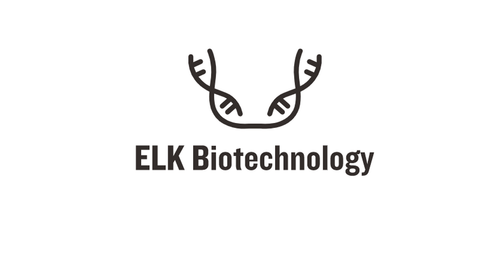Product Description
Human Prefoldin subunit 5 (PFDN5) ELISA Kit | AE27916HU | Abebio
Species Reactivity: Human (Homo sapiens)
Abbreviation: PFDN5
Alternative Name: MGC5329; MGC71907; MM-1; MM1; PFD5; c-myc binding protein|myc modulator-1|prefoldin 5
Application: ELISA
Range: 0.156-10 ng/mL
Sensitivity: 0.057 ng/mL
Intra-Assay: ≤4.5%
Inter-Assay: ≤8.6%
Recovery: 1, 08
Sample Type: Serum, Plasma, Other biological fluids
Detection Method: Sandwich
Analysis Method : Quantitive
Test Principale: This assay employs a two-site sandwich ELISA to quantitate PFDN5 in samples. An antibody specific for PFDN5 has been pre-coated onto a microplate. Standards and samples are pipetted into the wells and anyPFDN5 present is bound by the immobilized antibody. After removing any unbound substances, a biotin-conjugated antibody specific for PFDN5 is added to the wells. After washing, Streptavidin conjugated Horseradish Peroxidase (HRP) is added to the wells. Following a wash to remove any unbound avidin-enzyme reagent, a substrate solution is added to the wells and color develops in proportion to the amount of PFDN5 bound in the initial step. The color development is stopped and the intensity of the color is measured.
Product Overview: Prefoldin subunit 5 is a member of the prefoldin alpha subunit family. The encoded protein is one of six subunits of prefoldin, a molecular chaperone complex that binds and stabilizes newly synthesized polypeptides, thereby allowing them to fold correctly. The complex, consisting of two alpha and four beta subunits, forms a double beta barrel assembly with six protruding coiled-coils. The encoded protein may also repress the transcriptional activity of the proto-oncogene c-Myc. Alternatively spliced transcript variants encoding different isoforms have been described.Fluorescent microscopy showed MM1 expression primarily in the nucleus, with lower intensity in nucleoli and cytoplasm. Binding analyses indicated that MM1 and c-myc bind directly and that all but the N-terminal 13 amino acids of MM1 are required for binding.
Stability: The stability of ELISA kit is determined by the loss rate of activity. The loss rate of this kit is less than 5% within the expiration date under appropriate storage condition. The loss rate was determined by accelerated thermal degradation test. Keep the kit at 37°C for 4 and 7 days, and compare O.D.values of the kit kept at 37°C with that of at recommended temperature. (referring from China Biological Products Standard, which was calculated by the Arrhenius equation. For ELISA kit, 4 days storage at 37°C can be considered as 6 months at 2 - 8°C, which means 7 days at 37°C equaling 12 months at 2 - 8°C) .
 Euro
Euro
 USD
USD
 British Pound
British Pound
 NULL
NULL








